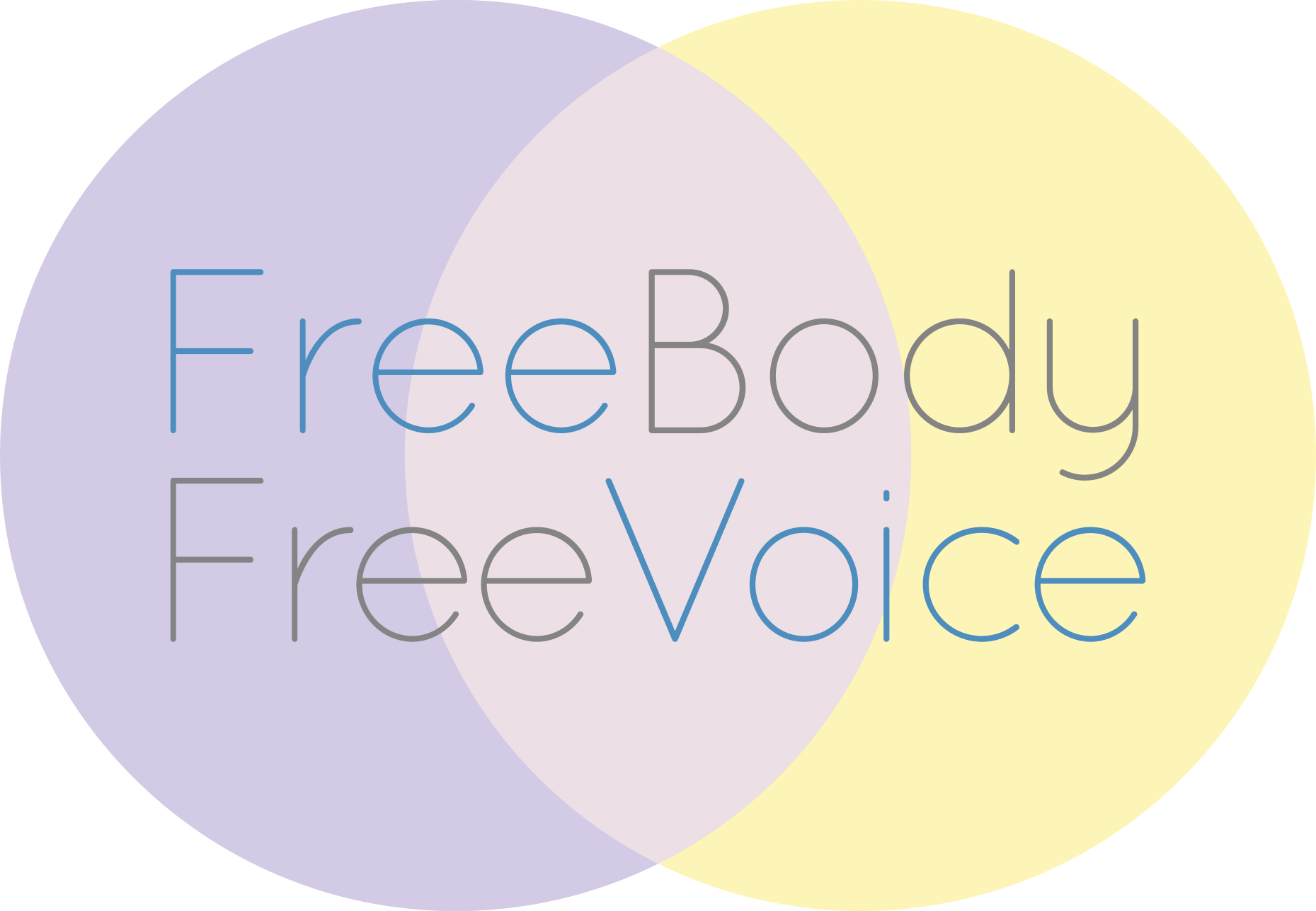New directions (literally!) for my work
In the past couple of months, my approach to teaching has evolved rapidly and radically. You might say that it has transformed. Ever since I got back from Costa Rica in January, from attending the week-long course "Say Yes to Your Life" led by Ariel and Shya Kane, my work has been moving in unexpected, highly productive directions. My students have been learning deeper and faster and the process of teaching has become fascinating and, well, a lot of fun.
All three strands of my 3-part program—voice lessons, Alexander Technique, and bodywork—have been involved in the transformation. In each area, I am noticing in more detail and with greater clarity what is going on in my students' bodies and bringing about improvements with a new ease. I'm teaching more students per day and feeling more energized at the end of the day.
What has brought about this shift in my world? I attribute it to applying the Kanes' 3 principles of Transformation to my teaching. The shift began when I started noticing a disparity between the Kanes' approach and the way I had been applying the Alexander Technique—particularly in my practice of the Alexander concept of Direction.
In order to bring about improvements in mind-body coordination, F.M. Alexander advocated approaching activities with Awareness, Inhibition, and Direction. In brief, Awareness is noticing what you are actually doing with yourself in a given moment—which is often not what you feel you are doing. Inhibition involves pausing in action to halt your habitual reaction and thereby allow a new set of neural impulses to fire. Direction is using your thinking to guide your body into the desired new coordination.
Traditionally, Direction has been taught as a set of "orders" or "wishes" one thinks in activity. Typical Directions include orders that are universally applicable, such as "I allow my neck to be free, to allow my head to go forward and up, to allow my back to lengthen and widen…." Directions may also be custom-designed for a specific person. For example, my head tends to lean to the right a bit, so a personalized Direction for me might be "I aim my head up and slightly to the left".
Over the past weeks, I have grown uncomfortable with this concept of directing myself as I have noticed how it is at odds with the Kanes' principles of Transformation. Traditional Direction seems to require me to leave the awareness of the present moment and engage in fantasy about what I might wish to be true. It also requires me to know what every part of me needs to do in every moment, which is surely not possible. Luckily, an easy tweak has brought my work into line with the Kanes' work and has enabled me and my students to transform.Here are the Kanes' 3 Principles of Transformation. (I have paraphrased and changed to order of the principles. You can get their version in any of their excellent books.)
You can only be exactly as you are in this moment. Become aware of this without judging it to be right or wrong.
If you resist what you notice about yourself or wish it to be different, it will persist and grow stronger.
If you allow yourself to be exactly as you are, and stay aware, something will shift.
Using this paradigm to analyze the Alexander Technique, we can see that Direction (at least the way I had learned it) was asking me to wish myself to be different than I was. At the core of this approach is a sense that I was somehow wrong or needing to be fixed.
Lately in teaching, I have been encouraging my students to amp up their moment-to-moment awareness, and this has, to my delight, dispensed with the need for either Inhibition or Direction. For example, I noticed that a student ("Jay") was pulling his head off-balance every time he sat. Previously, I would have him pause in the act of sitting to become aware of what he was doing with his head and then direct his head to move in a more productive way. Under my new Transformational paradigm, I decided to set up a "game" in which Jay would notice from moment to moment how his head was balancing. I was initially surprised to note that, in a matter of minutes, such finely honed noticing led to an improved coordination—WITHOUT EITHER JAY OR ME NEEDING TO KNOW WHAT THAT WOULD BE. And we'd never decided to change anything!
It's so easy.
I have found myself thinking and teaching in terms of continuums rather than good vs. bad, right vs. wrong. In Jay's case, I stopped labeling head-back-and-down as wrong and head-forward-and-up as right and opened up our awareness of the full range of possible ways for the head to balance on top of the spine, which is in actuality much more complex and subtle than a simple phrase can represent. When I have applied this continuum thinking in my own life, I've experienced transformations everywhere from the gym (improved balance in one-legged stances) to an airplane (increased comfort and reduced anxiety during take-off and landing).
The implications for vocal instruction are exciting, but I will save those for future posts. In the meantime, I think I'm going to rewrite my website to reflect my new Transformational approach.

